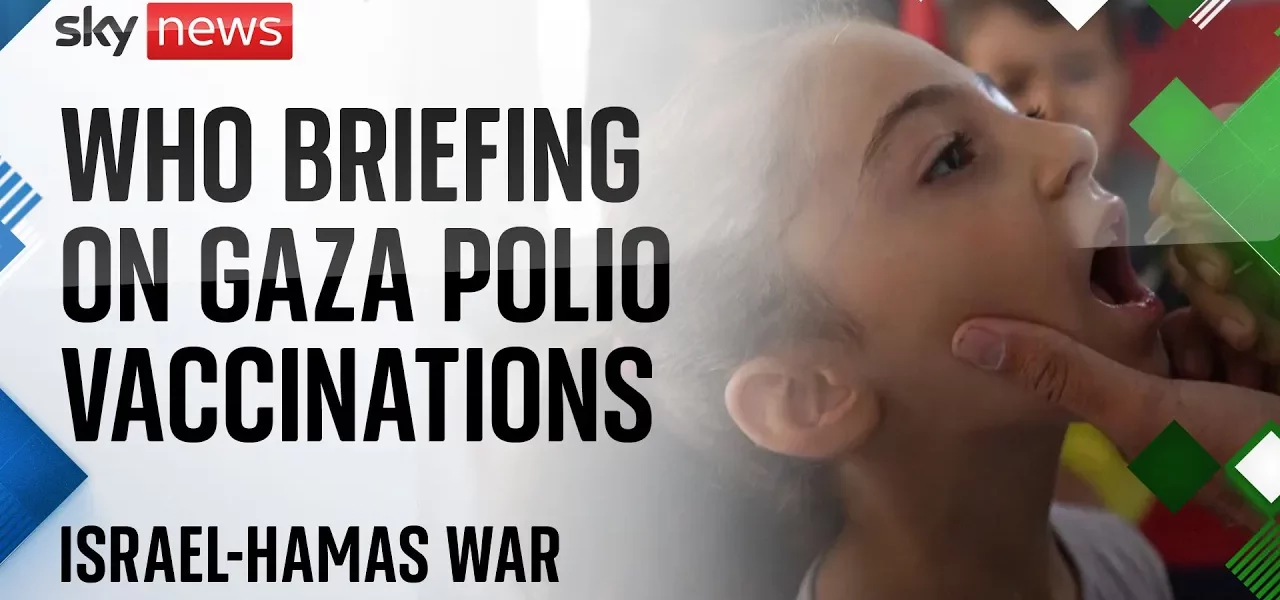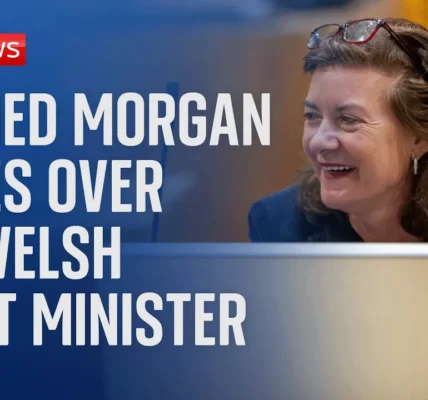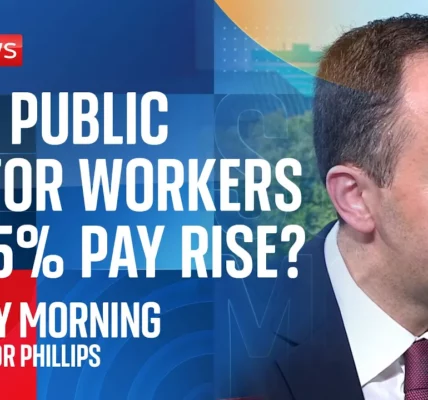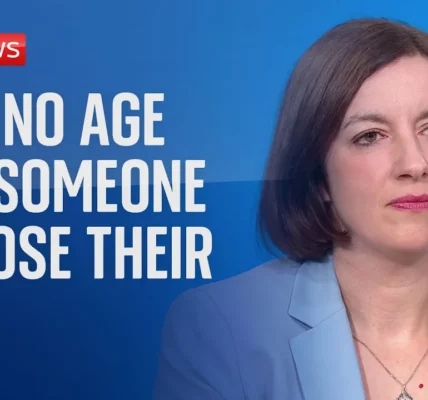Vaccination Campaign Against the Variant Polio Virus in Gaza

This article provides a comprehensive overview of the recent vaccination efforts in Gaza against the variant polio virus, highlighting the challenges faced, the effectiveness of the new vaccine, and the potential for improved humanitarian cooperation.
Introduction
The ongoing vaccination campaign against the novel oral polio vaccine (nOPV2) in Gaza marks a significant step in combating the spread of variant polio virus type 2 (cVDPV2). As health authorities aim to protect children from this debilitating disease, the campaign faces various logistical and humanitarian challenges. This article will delve into the specifics of the vaccination, its implications for public health, and the broader context of humanitarian efforts in the region.
Understanding the Vaccine
The nOPV2 is a newly developed vaccine specifically designed to combat cVDPV2, the most prevalent form of the variant polio virus. This vaccine has been globally recommended due to its safety and efficacy in preventing paralysis. Since its rollout in March 2021, over 1.2 billion doses have been administered across more than 40 countries.
Key Features of the nOPV2 Vaccine
- Developed to halt the transmission of cVDPV2.
- Proven safe and effective in protecting against paralysis.
- Recommended by global health authorities, including the WHO.
- Specifically targeted to areas with recent outbreaks, such as Gaza.
Logistical Challenges in Gaza
The vaccination campaign in Gaza is not without its hurdles. Given the region’s complex socio-political landscape, reaching all children poses significant logistical challenges.
Geographical and Population Challenges
Gaza’s diverse geography and the distribution of its population complicate vaccination efforts. Health teams must navigate various zones, each with unique challenges:
- The southern zone has a larger population density, making outreach easier but still challenging.
- In the northern regions, populations are more spread out, requiring additional resources for effective coverage.
Health Infrastructure Limitations
The existing healthcare infrastructure in Gaza is under immense strain, exacerbated by a lack of resources and ongoing conflicts. This situation poses difficulties in:
- Conducting routine immunizations.
- Ensuring the availability of medical supplies.
- Implementing comprehensive health surveillance systems.
Impact on Humanitarian Cooperation
The success of the vaccination campaign could pave the way for enhanced humanitarian cooperation in Gaza. As health officials have pointed out, overcoming the immediate challenges associated with polio may foster a more collaborative approach among various stakeholders in the region.
Potential Benefits of Successful Vaccination
A successful vaccination rollout can lead to:
- Increased trust in health initiatives among the local population.
- Improved collaboration between humanitarian organizations and local authorities.
- Enhanced focus on addressing other critical health issues, including water, sanitation, and nutrition.
Conclusion
The vaccination campaign against the variant polio virus in Gaza represents a critical public health initiative. While challenges remain in reaching all children and addressing broader humanitarian issues, the potential for improved cooperation and health outcomes is significant. Stakeholders must prioritize continued support and investment in health infrastructure to ensure the success of this and future campaigns. For more information on related topics, explore our articles on polio eradication efforts and humanitarian cooperation in conflict zones.
“`




